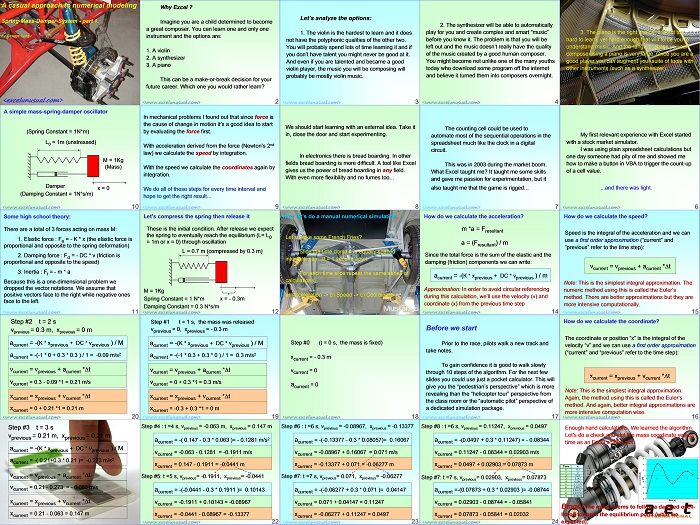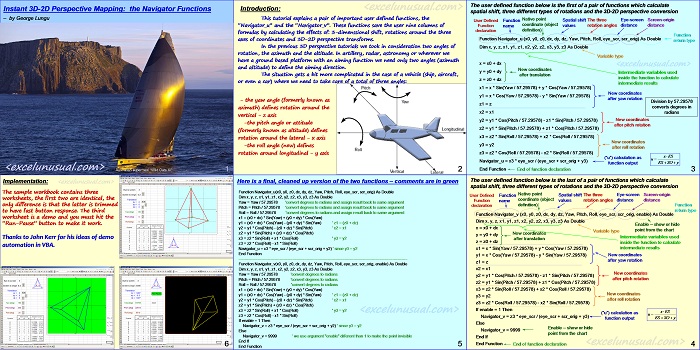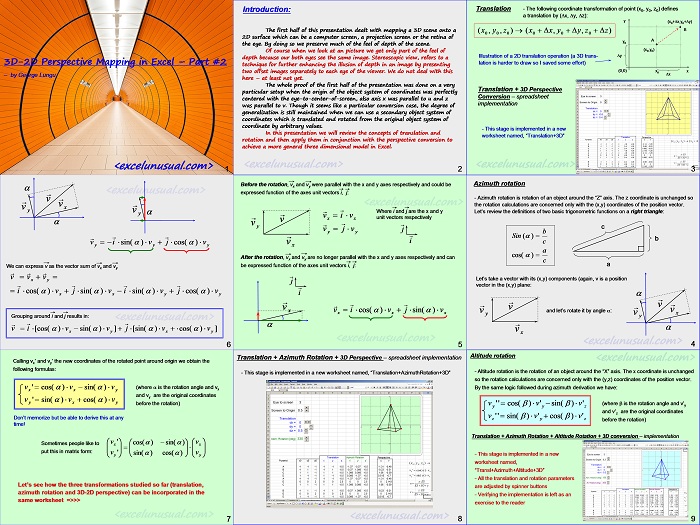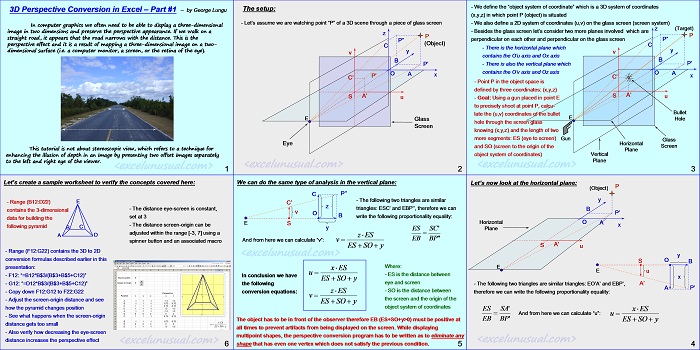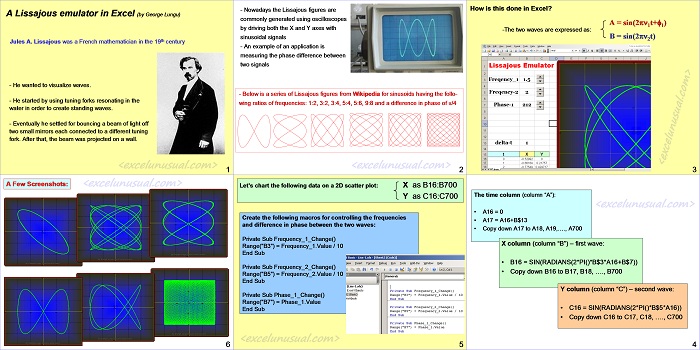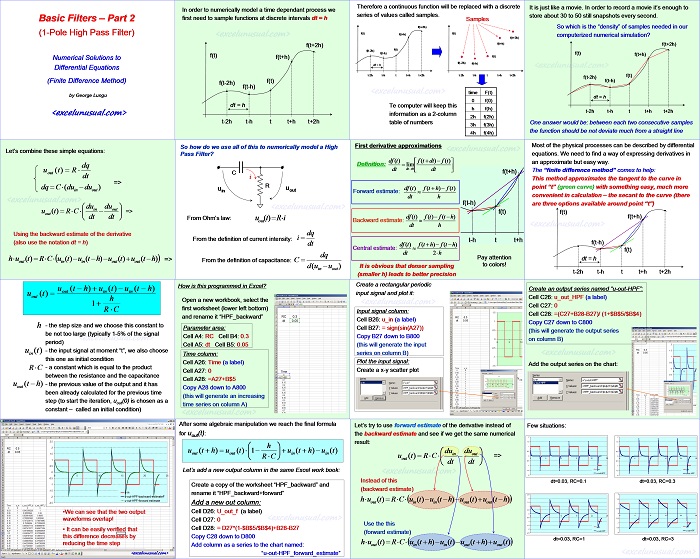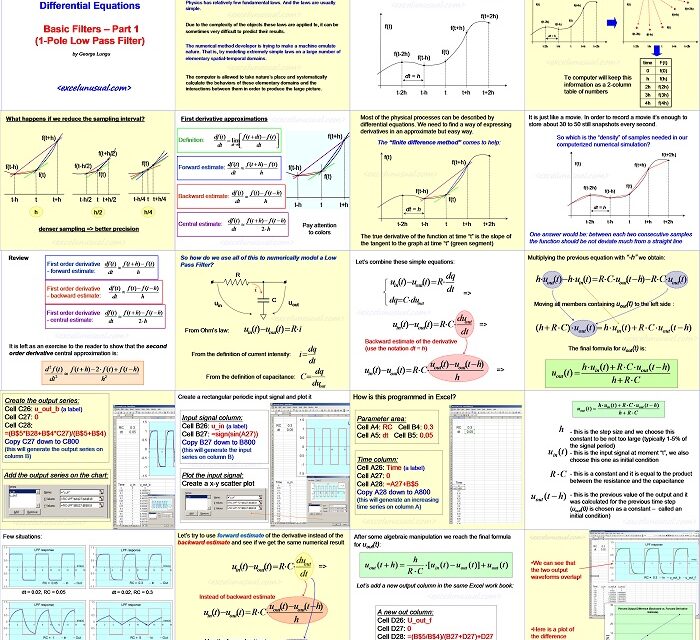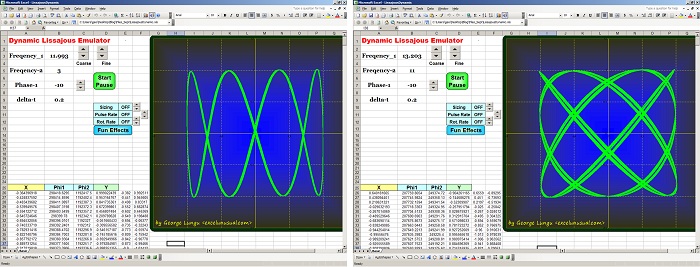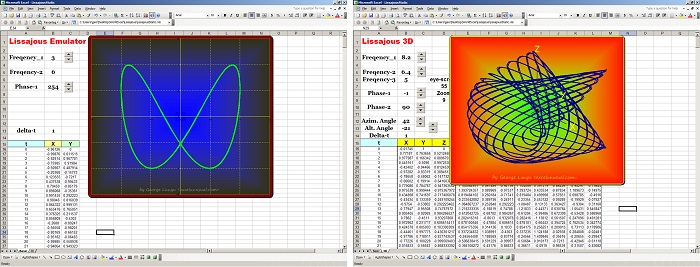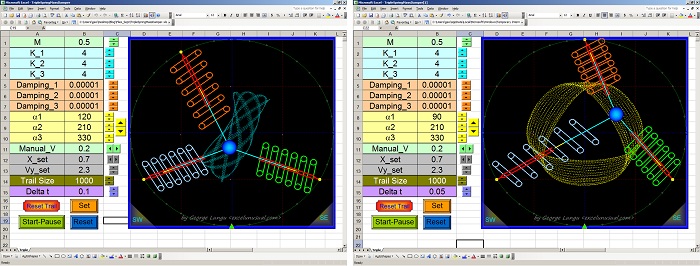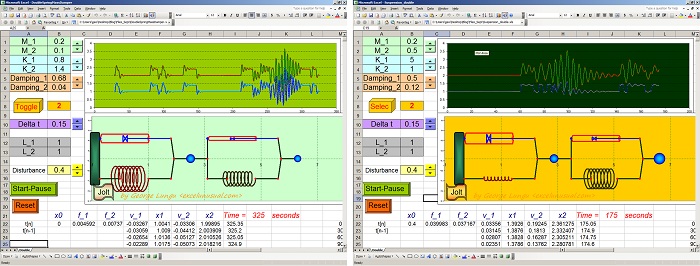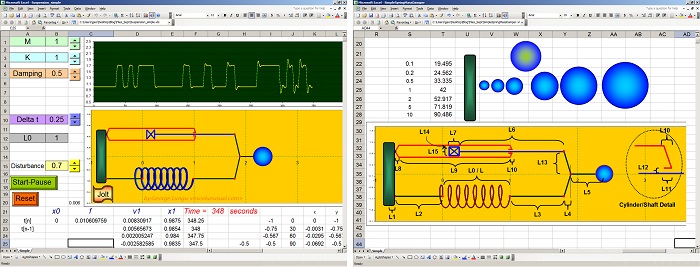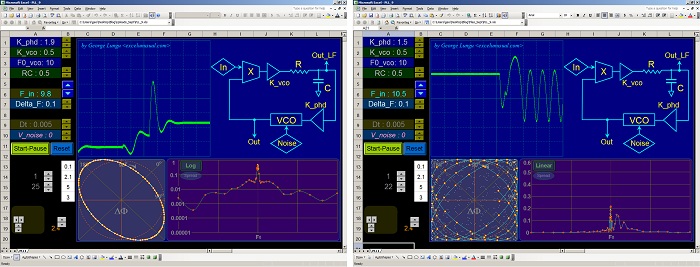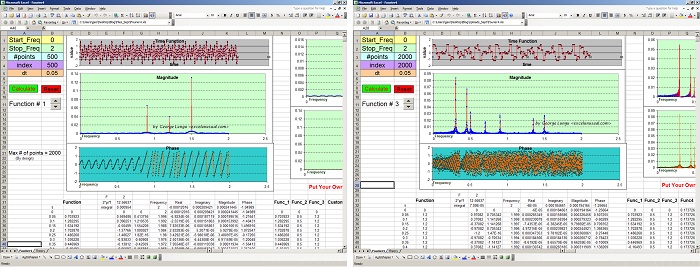Here is the first part of a casual tutorial in both elementary dynamics and numerical methods. It is written at a very basic level and it shows you how to solve a system of difference equations with a pencil and a paper and perhaps a pocket calculator to speed things up. A casual approach to numerical modeling – the Spring-Mass-Damper-System –… Read More... "Casual Introduction to Numerical Methods – a spring-mass-damper system model – part#1"
